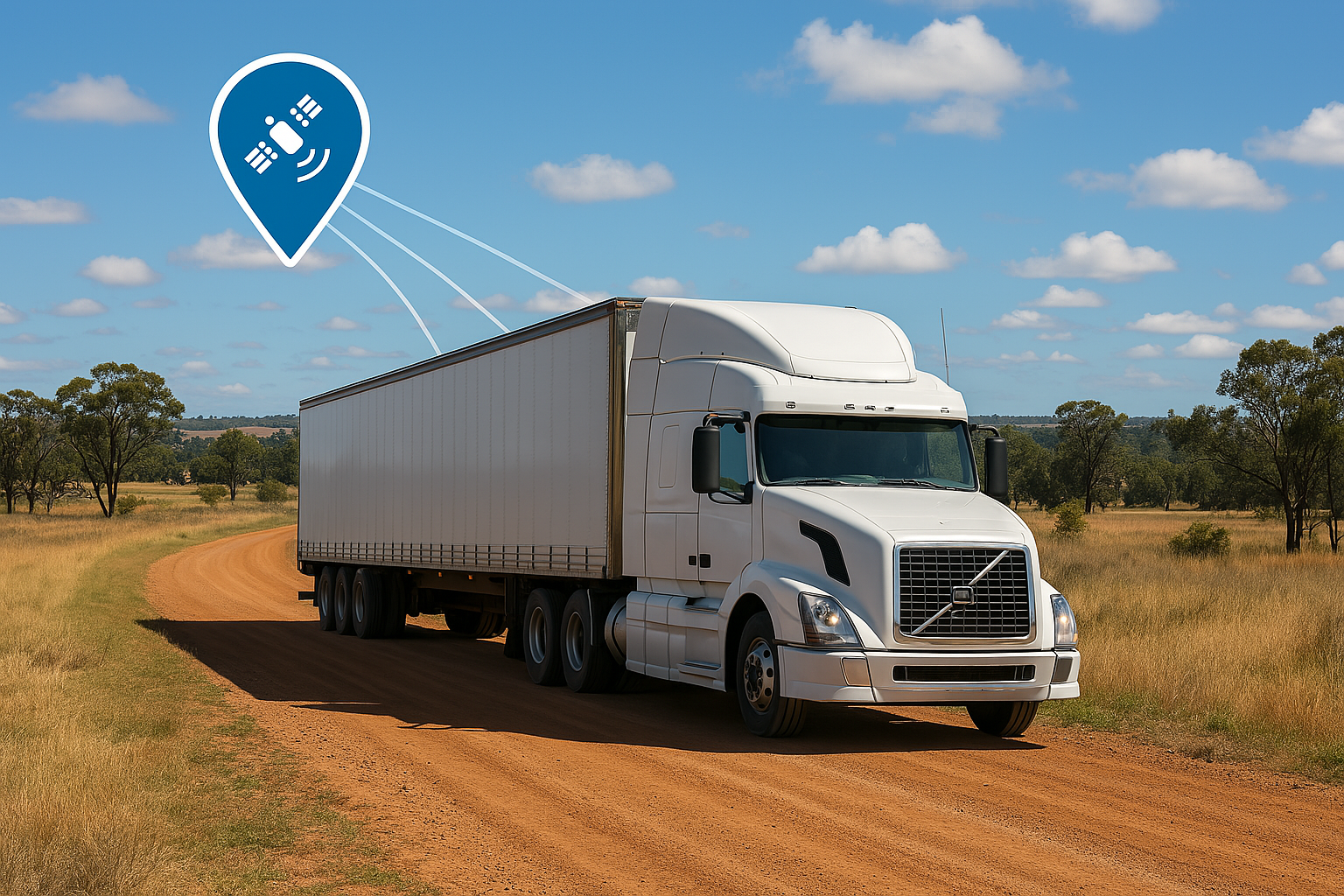
Introduction
Transport is the lifeline of regional Australia. Whether it’s farm equipment heading out to paddocks, goods being delivered to remote towns, or tradies travelling between jobs, efficient logistics are essential to keeping the wheels turning outside the metro centres. But managing a fleet in rural or remote locations presents unique challenges—unpredictable weather, long distances, and patchy reception all add complexity.
This is where fleet tracking technology is beginning to reshape the future of logistics. Real-time visibility, smarter routing, and better oversight are helping regional operators reduce costs and improve service delivery across their transport networks.
The State of Regional Transport Logistics in Australia
Australia’s regional and rural sectors are heavily reliant on transport. From agriculture and mining to small-town retail and trade services, fleets of all sizes are critical for daily operations. Yet, unlike their urban counterparts, regional businesses often deal with narrow margins, limited infrastructure, and unpredictable variables like flooding or road closures.
According to the Australian Bureau of Statistics, over 70% of the country’s exports come from regional areas. Much of this relies on effective road freight and vehicle coordination. And with recent discussions around decentralisation and regional migration, as seen in the Namoinews article on transport projects, it’s clear that improved logistics will play a key role in future development.
How Fleet Tracking Improves Logistics Efficiency
At its core, fleet tracking involves using GPS technology to monitor the location, status, and performance of vehicles in real time. But beyond simply “seeing where things are,” the real power lies in what that data enables:
-
Route optimisation: Avoiding delays caused by roadworks or weather conditions
-
Reduced idle time: Lowering fuel use and carbon emissions
-
Delivery time accuracy: Helping businesses keep customers informed and satisfied
-
Centralised oversight: Especially important for businesses with drivers working solo in remote regions
For regional businesses looking to streamline their operations, many are now adopting GPS tracking solutions for commercial fleets. These systems offer a practical way to manage long-distance movements, track job completion, and stay compliant with fatigue management rules—all in one platform.
Empowering Regional Businesses with Smarter Tech
Fleet tracking is not just for massive haulage companies. In fact, some of the biggest gains are being seen in small and medium-sized regional businesses:
-
Tradies use tracking to better plan their day and respond to last-minute callouts more efficiently
-
Local couriers and delivery services use real-time updates to keep customers informed and build trust
-
Farms and agribusinesses track vehicles and machinery across large properties, helping with fuel use, security, and planning
This tech is helping level the playing field, giving rural operators the same kind of insights previously only accessible to big-city logistics firms. It aligns closely with the digital transformation of rural industries discussed in this Namoinews feature on digital tools in regional Australia.
Safety and Compliance in Regional Fleet Operations
Safety is a key concern when managing vehicles in the regions. Long stretches of unsealed roads, fatigue risks, and unexpected breakdowns can make fleet management more than just a logistical issue—it’s a safety one too.
Fleet tracking helps by:
-
Monitoring driver behaviour (e.g., harsh braking, speeding, or long driving hours)
-
Prompting routine maintenance based on vehicle use
-
Creating digital logs that support legal compliance for operators bound by CoR (Chain of Responsibility) regulations
These features don’t just enhance driver safety—they also reduce risk exposure for businesses, especially those that operate under strict compliance frameworks.
What the Future Holds for Regional Fleet Tracking
The demand for smarter logistics in rural Australia isn’t slowing down. As more funding flows into regional infrastructure and as decentralised workforces grow, we may see increased reliance on tech like:
-
AI-powered route planning that adapts to live conditions
-
Satellite-based tracking backups for areas with poor reception
-
Integrated systems that link fleet tracking with inventory, dispatch, and maintenance software
There is also growing interest in eco-friendly fleet practices. GPS data may assist regional businesses in reducing their carbon footprint—an important consideration as environmental reporting and green targets become more commonplace.
As we look ahead, it’s clear that tech-enabled logistics will be at the core of building more connected, efficient, and sustainable communities in regional Australia.
Conclusion
Fleet tracking is more than a convenience—it’s a powerful tool that is reshaping how regional Australian businesses think about logistics. From fuel efficiency and route planning to compliance and customer satisfaction, GPS-enabled systems are offering new ways to reduce costs, enhance safety, and future-proof operations.
As businesses continue to adopt technology that improves visibility and efficiency, fleet tracking will play a critical role in supporting growth across Australia’s regions. For those managing transport in remote or rural areas, exploring solutions like GPS tracking solutions for commercial fleets may be a smart step toward staying competitive and connected in a fast-changing landscape.